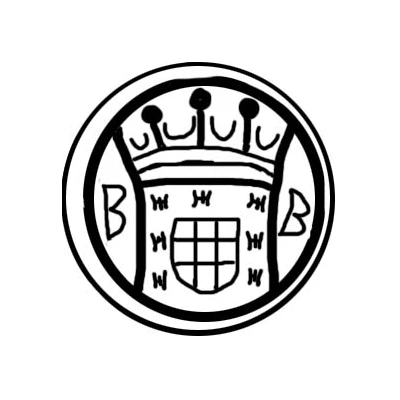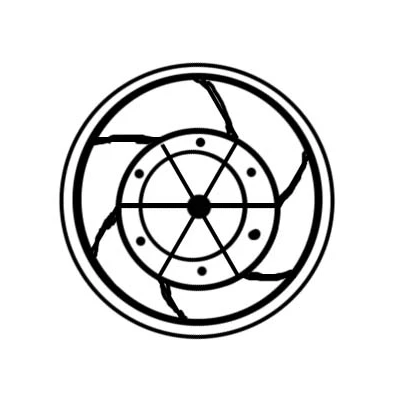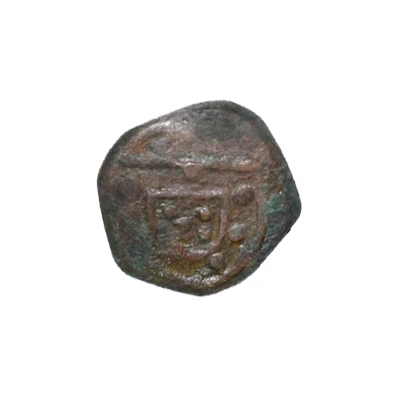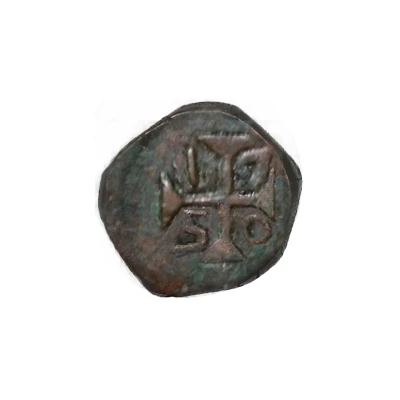


Obverse © A. Monge da Silva (CC0)
Wheel of 2 Bazarucos - João V Baçaim ND
| Nickel brass | 4.3 g | 22 mm |
| Issuer | Portuguese India |
|---|---|
| King | João V (1706-1750) |
| Type | Standard circulation coin |
| Years | 1706-1750 |
| Value | 2 Bazarucos (1⁄375) |
| Currency | Rupia (1706-1880) |
| Composition | Nickel brass |
| Weight | 4.3 g |
| Diameter | 22 mm |
| Shape | Round |
| Technique | Cast |
| Demonetized | Yes |
| Updated | 2024-10-05 |
| Numista | N#50025 |
|---|---|
| Rarity index | 100% |
Reverse
Saint Catherine wheel
Interesting fact
One interesting fact about the Standard circulation coin Wheel of 2 Bazarucos - João V (Baçaim) ND (1706-1750) from Portuguese India made of Nickel brass weighing 4.3 g is that it was used as a form of currency in the Portuguese colony of India during the 18th century. Despite being made of a relatively low-value material, the coin was widely accepted and used in trade and commerce throughout the region. Its design features the image of King João V on one side and the wheel of Bazarucos on the other, symbolizing the connection between the Portuguese crown and the Indian subcontinent. Today, this coin is a rare and valuable collector's item, providing a unique glimpse into the economic and cultural history of colonial India.



